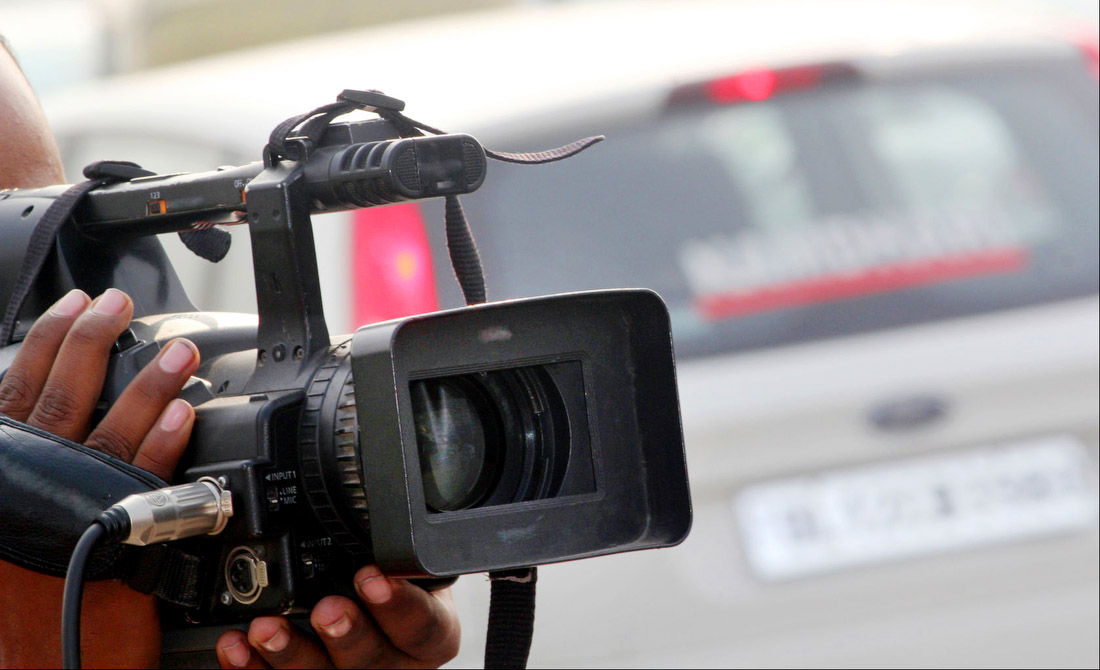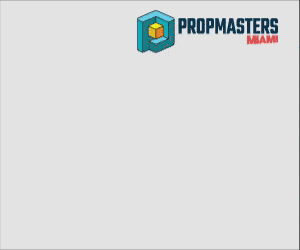Q&A: Multimedia journalist bootcamp that helps perfect the on-air look

Subscribe to NewscastStudio for the latest news, project case studies and product announcements in broadcast technology, creative design and engineering delivered to your inbox.
Len Sommers, who regularly contributes to our Voices section, has recently launched a new bootcamp to help multimedia journalists learn beyond the basics.
We spoke with Sommers about the new program, which is aimed at a variety of stations with hands-on training and instruction.
What created the need for a bootcamp?
In visiting stations and trying to perfect their on-air look [as a lighting designer] in the studio we saw real weaknesses in some of the field photography. It wasn’t just lighting or general camera work but a lack of visual storytelling. We started with “how to shoot a better standup'” and built from there.
How does the bootcamp build upon J-School training?
Most graduates are good writers and capable editors but they have been trained that pictures are secondary to words, if they’ve received any visual training at all.
Film schools teach exactly the opposite; “Don’t tell me, SHOW me.” A blend of both goals is best suited to television news as it lets the viewer feel and connect with the story while learning the facts.
How does it differ from J-School training?
It’s learning a different grammar based upon visual cues.
There are subliminal and inexact signals for the viewer that establish time place and mood in an instant. 30 frames can relate more information than dozens of paragraphs if one speaks the visual language.
With the rise of MMJ’s, how will this help their storytelling?
Learning simple yet effective methods to establish a visual canvas upon which to tell their stories makes them better reporters.
Establishing a proper mise-en-scene for interviews and standups helps to fashion complete and compelling pieces. Giving the MMJ permission to speak their new visual language through the camera produces more dynamic coverage.
Talk through a normal sessions, what is covered?
Everything from white balance, camera leveling and proper exposure, simple lighting solutions through proper microphone use and scene analysis. Usually, the first third of the session deals with technical matters, the second deals with visual vernacular and finding/building the best shot and the third part is Color War.
Color War is a practical session where we divide the group into teams so they can try what’s been discussed. We all then review the results and see where there is improvement and where more work is needed.
What areas do you focus on the most?
Sometimes, station management will have a list of concerns. Often it’s just a matter of feedback from the group. The secret is determining what they know, what they don’t know and what they don’t know they don’t know.
What type of station / group is right for the bootcamp?
Medium and small markets are our traditional clients for boot camp. Large market stations are now less likely to do their own training as they cut senior staff and have less down time and it’s probably a better ROI for them than it used to be.. Any group can benefit from boot camp if they commit some time and energy.
For more information about the bootcamp, visit Sommer’s Angry Badger Productions website. To see columns from Sommers, visit his author page on NewscastStudio.
Subscribe to NewscastStudio for the latest news, project case studies and product announcements in broadcast technology, creative design and engineering delivered to your inbox.



tags
best practices, bootcamp, journalism, journalism tips, lighting design, multimedia journalist, tips
categories
Featured, Lighting and Lighting Design, Local News